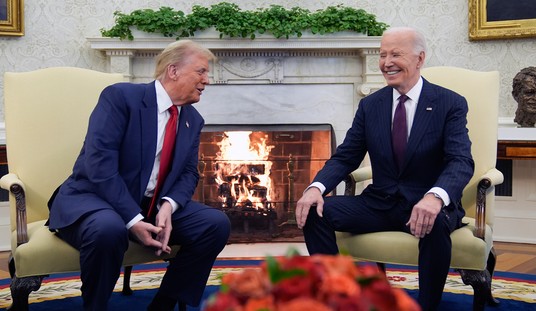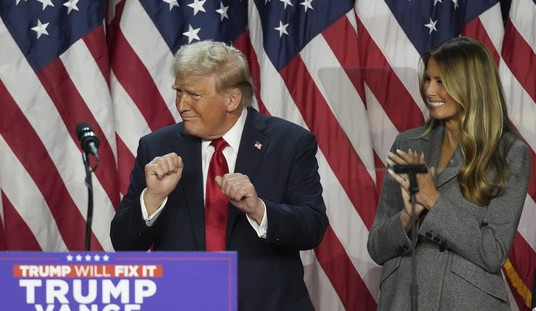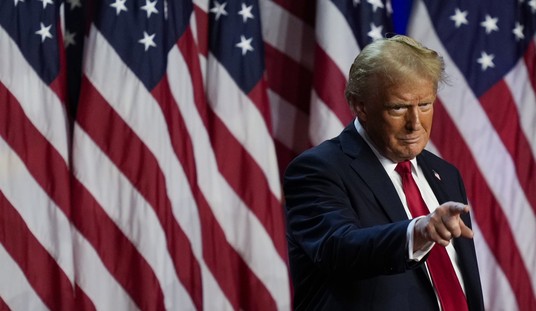The recent debt debate was not politics at its worst or most dysfunctional.
It worked exactly as American politics was designed to work.
“Our system is about posturing, fighting, dealing and eventually compromising,” said Dr. Lara Brown, a Villanova University political scientist. “Overall, House Speaker John Boehner and Senate Minority leader Mitch McConnell did what Henry Clay did –they structured a compromise, which gave Democrats time and Republicans principle.”
Clay was at the center of the Nullification Crisis of 1833, rooted in two bills placing high tariffs on imports; it protected Northern manufacturers but left the South unable to sell its raw materials.
South Carolina rebelled and passed legislation "nullifying" the federal legislation, meaning it would not enforce the tariffs.
If you think today’s political antics are over-the-top, they have nothing on John C. Calhoun. He resigned as President Andrew Jackson's vice president and got elected by the state legislature to a vacant U.S. Senate seat, in order to fight the tariffs.
Many Southerners believed President Jackson would side with them because he won a states-rights battle to end the charter of the Second Bank of the U.S.
Instead, he opposed them.
The House was considering the Force Bill, which would slash tariffs but also authorize Jackson to enforce tariffs in South Carolina. Yet it likely would have caused the North to rebel by hurting its manufacturing sector.
Clay worried that both sides were worsening the conflict with their posturing and rhetoric, so he stepped in. Although he preferred the Force Bill because it reduced tariffs immediately, he opposed it because Jackson favored it.
So he made a deal with Calhoun: When the Force Bill came up for debate, Clay proposed his own bill as an alternative. Much to everyone's surprise, Calhoun supported him.
With Calhoun on Clay’s side, Jackson's supporters came to the table, even though they did not support the bill.
Recommended
The 1833 compromise looks much like what Boehner and McConnell structured in the past two weeks.
When Boehner walked out of negotiations with the White House, he essentially telegraphed his strategy to the country: He would work with the Senate (meaning McConnell and Majority Leader Harry Reid) to find the "sweet spot" of compromise.
Boehner eventually unveiled a bill and set it for a vote, to pressure Reid. “After all, the Senate had yet to pass any legislation to increase the debt limit and solve the problem,” said Villanova’s Brown, and “Boehner made it look like he had the votes.”
He knew his bill was to the left of what his caucus preferred, but he wanted to show Reid that he would try to win its passage. When the bill fell short on savings, it gave him a perfect opportunity to go back to Reid and push it further to the right.
He did that, then rescheduled the vote.
Boehner knew he needed to provide Reid and the president with an object lesson, because they didn’t believe he could push through a more moderate bill.
By delaying, negotiating and postponing, he won the good faith of Tea Party members, even if many would vote against him.
Critically, Boehner also worked to strengthen his hand – and this is where Washington’s conventional wisdom got it wrong. By displaying his own weakness, he showed the president that if he wanted a bill and wanted to avoid default, then he, too, needed to move further to the right.
Richard Brown, distinguished professor of history at the University of Connecticut, agrees that, many times in our history, similar boiling points eventually have led to great compromises.
The U.S. Constitution “is a perfect example,” he said. “So was the Force Deal, masterly resolved by Clay.”
Democracy isn’t about getting all of what you want – although you might think it is, from how the media framed the debt debate. UConn’s Brown laments the media using what he terms “the most polarizing experts available” to explain to Americans what was going on. And he points to an example of the failure to compromise: Lincoln's refusal to deal with the South on slavery following his election.
The newly formed Confederacy called his bluff, then Lincoln called the Confederacy's bluff – and the rest is history.
























Join the conversation as a VIP Member